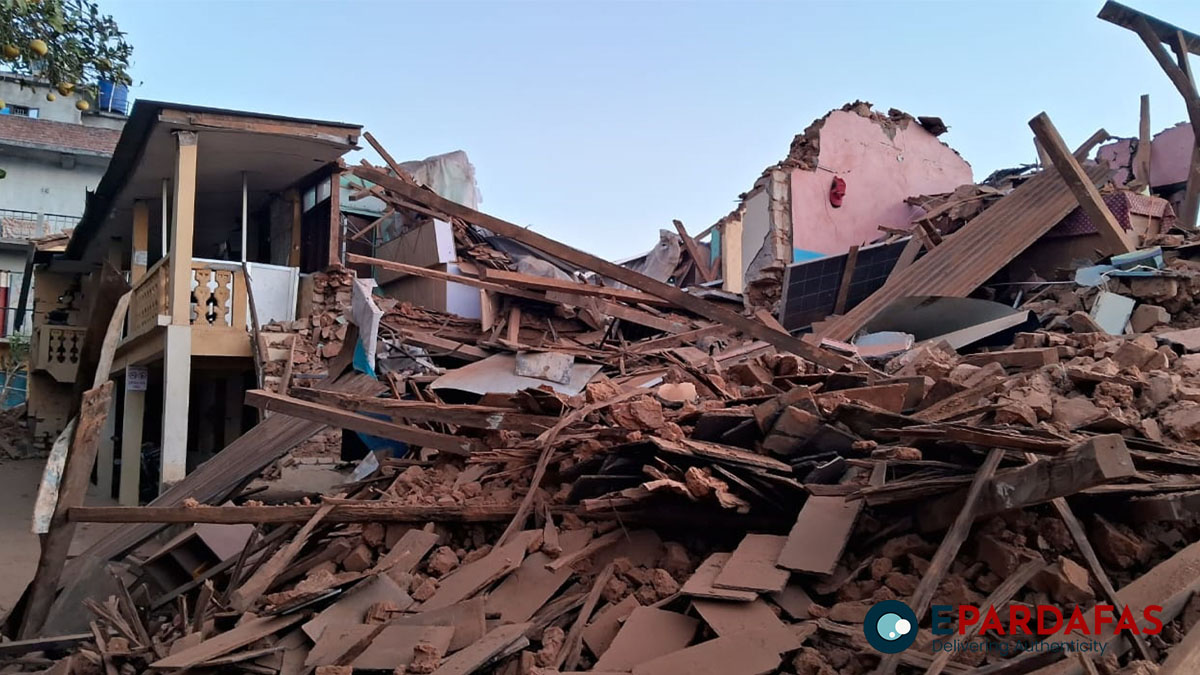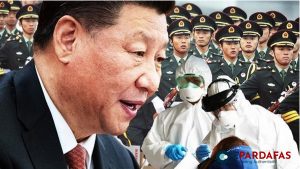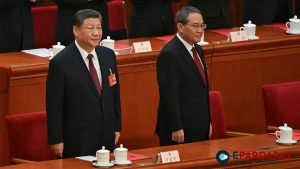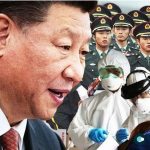The tapestry of Nepal in 2023 is woven with threads of tragedy, economic crises, political turmoil, and geopolitical complexities. The year unfolded as a relentless saga, testing the mettle of the Nepali populace in the face of adversity. From the ominous beginning marked by a catastrophic air crash to the mass exodus of youth seeking greener pastures abroad, the nation grappled with multifaceted challenges that left an indelible mark on its socio-economic fabric.
Air Safety Concerns and Regulatory Failures:
The year commenced with a somber tone, witnessing the worst air disaster in recent memory. On January 15, an ATR 72 aircraft of Yeti Airlines crashed in Pokhara, claiming the lives of all 72 people on board. Beyond the immediate tragedy, the incident illuminated deep-seated regulatory failures in Nepal’s aviation sector. The subsequent crash of a helicopter near Mt Everest in July, claiming the lives of six, including five Mexican tourists, compounded concerns and further tarnished the country’s air safety record.
Industry insiders point to a deteriorating air safety reputation as a deterrent for high-end travelers. For a decade, Nepal has found itself on the air safety list of the European Union, a stark reminder of the lack of political will to address critical issues that impact international perceptions.
Mass Exodus and Economic Fallout:
Perhaps one of the most pressing issues in 2023 has been the mass exodus of Nepali youth, with nearly a million individuals leaving the country in search of better opportunities abroad. A confluence of factors, including a lack of job opportunities and pervasive corruption, has fueled this unprecedented brain drain. Chandramani Adhikari, a senior economist, laments the irreversible nature of this drain, emphasizing the loss of a vibrant workforce.
While the surge in remittance inflow may seem like a silver lining, economists caution against viewing it as a blessing. The growing trend reflects not only the failure of the country to provide for its people but also the diminishing hopes of the progressive youth, whose departure has led to stagnation in consumption and the closure of businesses, exacerbating unemployment.
Economic Recession and Political Instability:
The economic crisis loomed large over Nepal in 2023, pushing the nation into its first recession in six decades. Economic output struggled under the weight of inflation and political instability. Entrepreneurs, unable to weather the storm, shuttered their shops and sought opportunities abroad. The pandemic, coupled with the war in Ukraine, added inflationary pressures on commodities and food prices for an import-dependent country like Nepal.
In response to the budgetary deficit and high foreign debt levels, the government resorted to taxing even basic commodities, raising questions about the adherence to socialist principles. The move not only widened the gap between the government and the people but also fueled public anger, manifested in tragic incidents like the self-immolation of entrepreneur Prem Acharya in front of the Parliament building.
Corruption Scandals and Societal Unrest:
The year 2023 unfolded as a year of corruption scandals, shaking the foundations of major political parties. The fake refugee scandal and the Lalita Niwas land grab led to the arrest of top politicians and high-level government officials, exposing the rot within the political system. Professor Chaitanya Mishra of Tribhuvan University emphasizes that when elected leaders engage in corruption, it sends shockwaves across society, leading to widespread discontent.
Corruption’s impact on the economy, education, healthcare, and food supply has been devastating. The ever-rising cost of living has left the poor, disadvantaged, and vulnerable—the very people the political class purports to help—struggling to meet basic needs while politicians amass wealth.
Natural Disasters and Government Mismanagement:
In November, a 6.4-magnitude earthquake struck Jajarkot in western Nepal, claiming 153 lives and destroying thousands of households. The aftermath laid bare the government’s mismanagement, with survivors enduring harsh conditions in tents for over a month. Rights activists decried the government’s inadequate response, particularly its impact on children and pregnant women.
Geopolitical Tensions and Infrastructure Projects:
The inauguration of the Pokhara airport in January was intended to be a moment of celebration, fulfilling a decades-old dream for the city. However, the event was overshadowed by geopolitical tensions, with the Chinese Embassy in Nepal declaring the airport a “flagship project” of China’s Belt and Road Initiative. Despite Nepal’s denials, this incident underscored the geopolitical complexities surrounding the nation’s infrastructure projects.
Changing Relations with China and India:
Amid the tumultuous year, positive developments emerged in Nepal’s relations with both China and India. China allowed its citizens to travel to Nepal as tourists after a three-year hiatus, reopening border points in a sign of thawing relations. India, however, implemented bans on various food commodities, impacting Nepal and triggering shortages and inflation.
Prime Minister Dahal’s visit to India in May aimed to mend relations, but the outcomes fell short of expectations. Accusations of hydropower project deals with India, accompanied by the curious gift of 15 Murrah buffalos, added complexity to Nepal’s relations with its southern neighbor.
Conclusion:
As the curtain falls on 2023, Nepal finds itself at a crossroads, navigating the fallout from a year of unprecedented challenges. The scars of air disasters, economic crises, mass emigration, political corruption, and natural disasters are etched deep into the nation’s narrative. The path forward demands a collective commitment to address systemic issues, promote transparency, and foster international cooperation.
In the crucible of adversity, Nepal has an opportunity to reshape its destiny, learning from the trials of 2023 and building a more resilient and prosperous future. The journey ahead is arduous, but with concerted efforts and strategic initiatives, Nepal can rise above the shadows of the past year and emerge stronger, united, and poised for a brighter tomorrow.














Comments